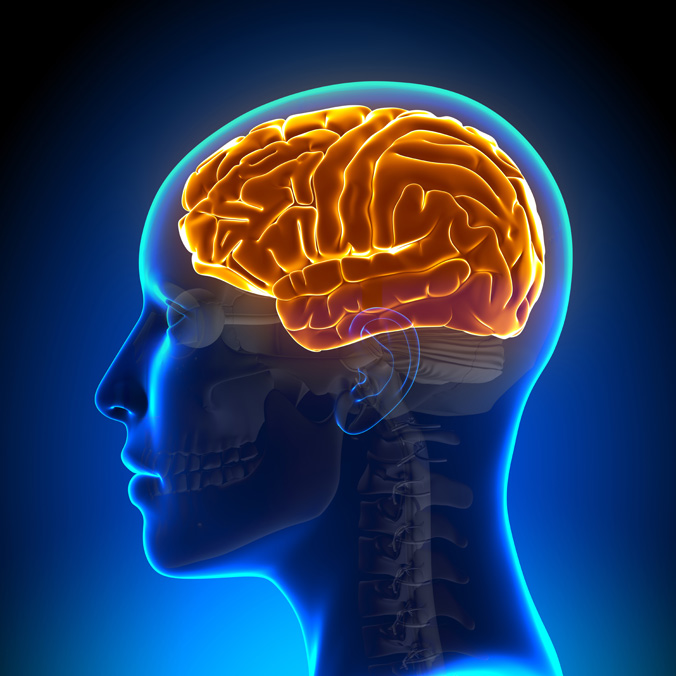Viral activity may play role in Alzheimer’s disease

New research published in Neuron revealed a link between human herpesvirus activity and molecular, neuropathological, genetic and clinical aspects of Alzheimer’s disease.
“We have studied Alzheimer's for over 100 years and only now do we find definitive evidence for virus genes in Alzheimer's brains,” Sam Gandy, MD, PhD, professor of neurology and of psychiatry, Mount Sinai Chair in Alzheimer's Disease Research, Icahn School of Medicine at Mount Sinai, told Healio Psychiatry. “This could potentially point us to new understanding of how the disease arises and spreads through the brain and eventually to a successful intervention that prevents the disease.”
To explore the functional molecular changes underlying the etiology of Alzheimer’s disease, the investigators constructed, mapped and compared differences between distinct gene regulatory networks in the brain. The researchers performed RNA sequencing on four brain regions in more than 600 samples of postmortem tissue from people with and without Alzheimer's disease to examine which genes presented in the brain and if any were tied to the onset and progression of the disease, according to a press release.
“What we are hoping for is what happened in the example of ALS where virus-derived molecules (peptides) were found in the spinal fluid of some patients,” Gandy said. “When those patients with the virus were treated with antiviral drugs, the degeneration of their function appeared to slow down so that they could control more movement longer.”

Gandy and colleagues found a complex network of unexpected connections, where specific viruses were linked to amyloid plaques, neurofibrillary tangles and clinical dementia severity, according to the press release. Specifically, analysis revealed that patients with Alzheimer’s disease had increased levels of human herpesvirus 6A (HHV-6A) and human herpesvirus 7 (HHV-7), compared with those who did not have the disease.
Furthermore, the researchers evaluated the robustness of their findings in two additional, independent and geographically dispersed cohorts, which incorporated an additional 800 RNA sequencing samples. These results also showed a persistent rise of HHV-6A and HHV-7 abundance in samples from patients with Alzheimer's disease, replicating their main findings, according to the release.
“We hope to be able to develop a blood or spinal fluid test to identify subjects with early Alzheimer's or mild cognitive impairment and treat them with antivirals and find that they are able to maintain cognition longer than those with virus who go untreated,” Gandy told Healio Psychiatry. “We cannot do this yet, but we have our eyes on exploiting these results to help patients.” – by Savannah Demko
Disclosure: The authors report no relevant financial disclosures.
